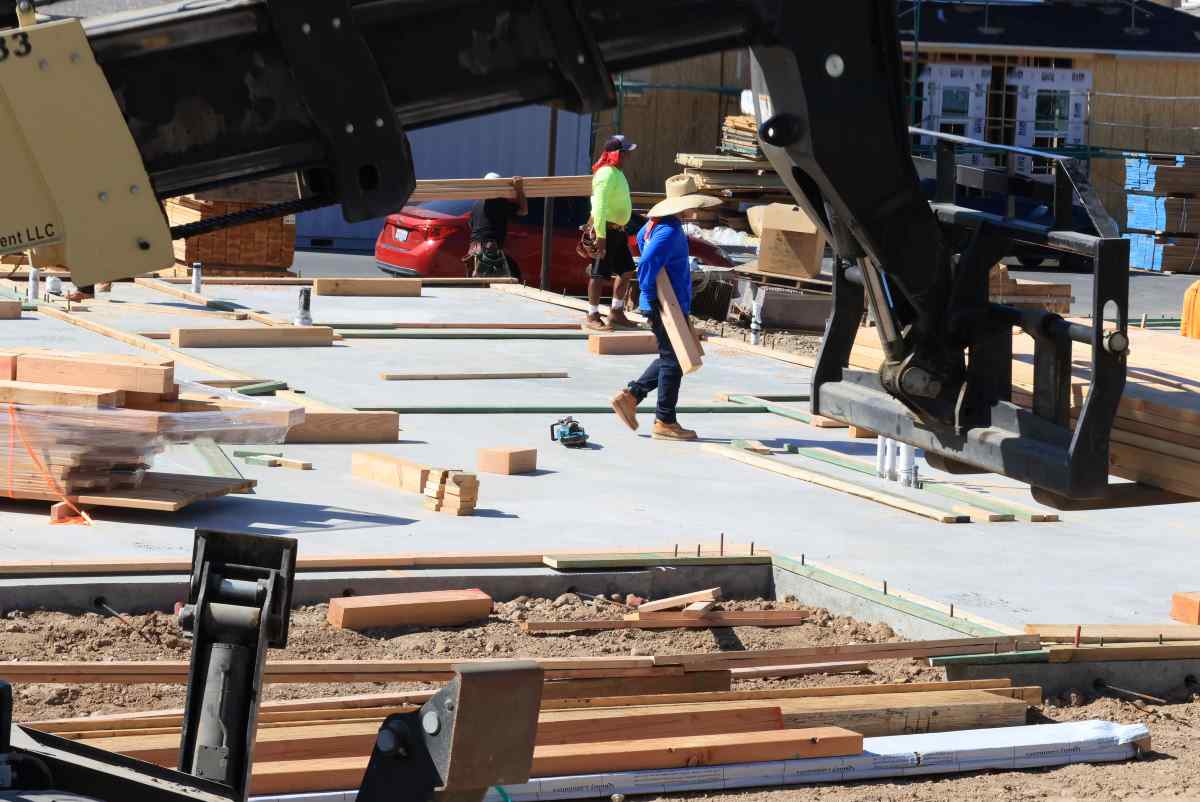When constructing buildings and homes in modern times, opting for building materials that are not just resilient and aesthetic, but also eco-friendly, are the common trends that home builders and developers consider. If you are eyeing possible choices for sustainable building materials to use in your house for sale in Dasmarinas, then this blog will surely help you.
Stone
Whenever the term “eco-friendly” is discussed, particularly for building materials, common perceptions typically look towards recycled waste products that are repurposed for secondary use, such as recycled plastic and sheep’s wool, to name a few. However, most forget that there are materials, that had widespread use in many civilizations dating back as far as early history, that have been proven to be eco-friendly. Stone is a prime example of this, which is one of the fundamental materials that humans used to build structures and homes.
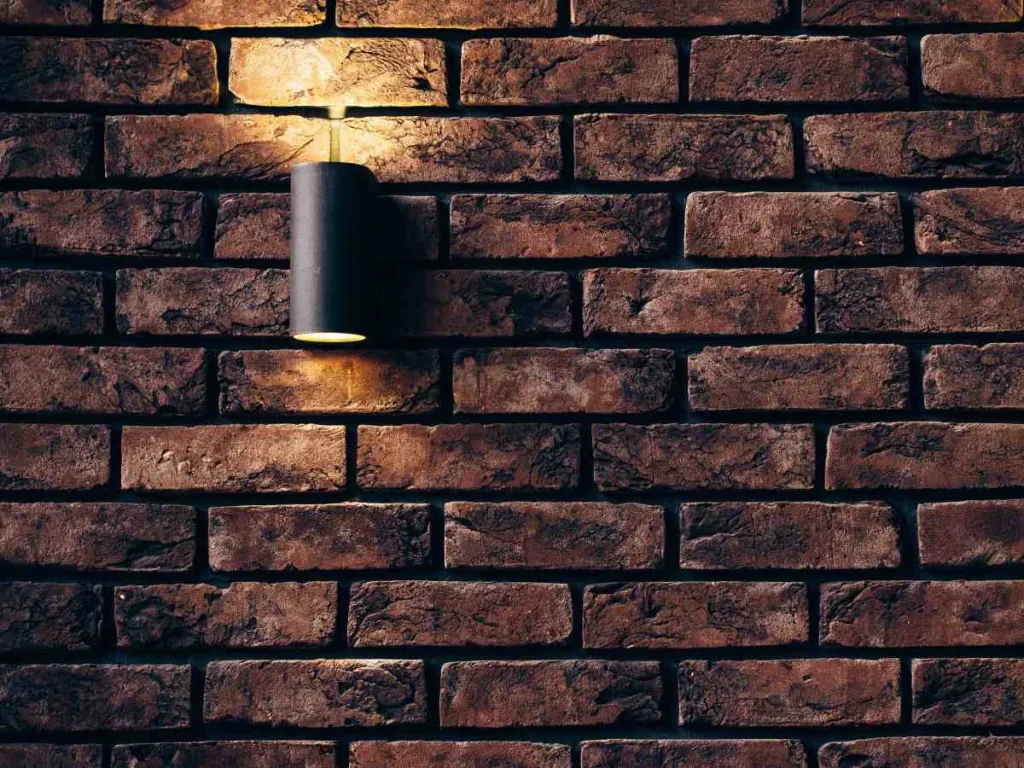
The Proven Reliability of Stone
Stone has been used by humans as a construction material for centuries given its adaptability to virtually any climate. It does not require to be manufactured to be used as a building material, and even then it is durable, needs minute maintenance, and at present, is a material that has been researched with the purpose of being sustainable as a building material in the stone industry.
The Advancements of Stone as a Building Material
Despite not needing to be manufactured to be used as a building material, modern times have led to trends of making structures more sleek and polished. Hence, a manufactured stone called a “dimension stone,” is now an available building material that is typically used for exterior cladding, flooring, and walls. Apart from the advancements of stone as a building material with its quality of requiring low upkeep, stone does not emit volatile organic compounds (VOCs) or pollutants, making it a great choice for an eco-friendly building material for your house for sale in Dasmarinas.
Straw Bales
When farms harvest grain grasses, namely, wheat, corn, rice, and the like, the hollow stems of these grain grasses are left as a by-product. These hollow stems are then collected into bundles called “straw bales.” Straw bales are then used for many purposes, such as fuel for heating, bedding for cattle, and feeding livestock. Although, straw bales have been found to be an eco-friendly building material as well.
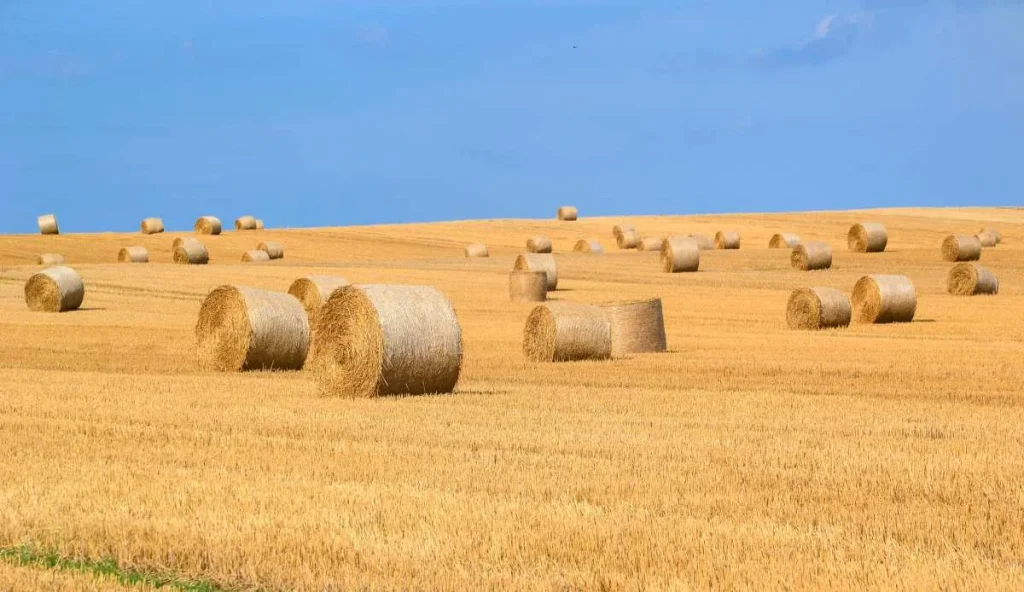
Qualities of Straw Bales
Straw bales as a construction material center around its good insulation quality. Along with being a by-product when harvest season comes for grain grasses, straw bales can be produced in good quantities from farms to be used for compressed ceilings, walls, and attic panels. However, straw has been found to catch fire easily, so in order for straw bales to be a practical building material, it is suggested by some studies that finishing straw bales with plaster makes the material more fire-resistant. Allergens and pests may be a downside as well, so it may be best to use straw bales as a building material for storage spaces.
Bamboo
Apart from the stone, one of the primary building materials observed to have been used by humans dating back many centuries ago is bamboo; and this is for good reason. Bamboo, being one of the praised sustainable building materials, has two main advantages: its material strength and its fast growth.
Significant Rapid Growth
The usual method by which plants grow is to allocate resources to the growth of the original stem. For bamboo, however, resources are allocated for expanding roots to increase the number of bamboo shoots growing in the ground. Once the bamboo shoots appear from the ground and grow to their full length, energy is once more allocated to the roots to further increase the bamboo shoots that will soon emerge from the ground. In this process, it only takes approximately 60 days for a bamboo shoot to reach its full height. Given this, the speed of bamboo’s growth increases the convenience of sourcing this material in large quantities that would be adequate enough for walls, floors, ceilings, and the like.
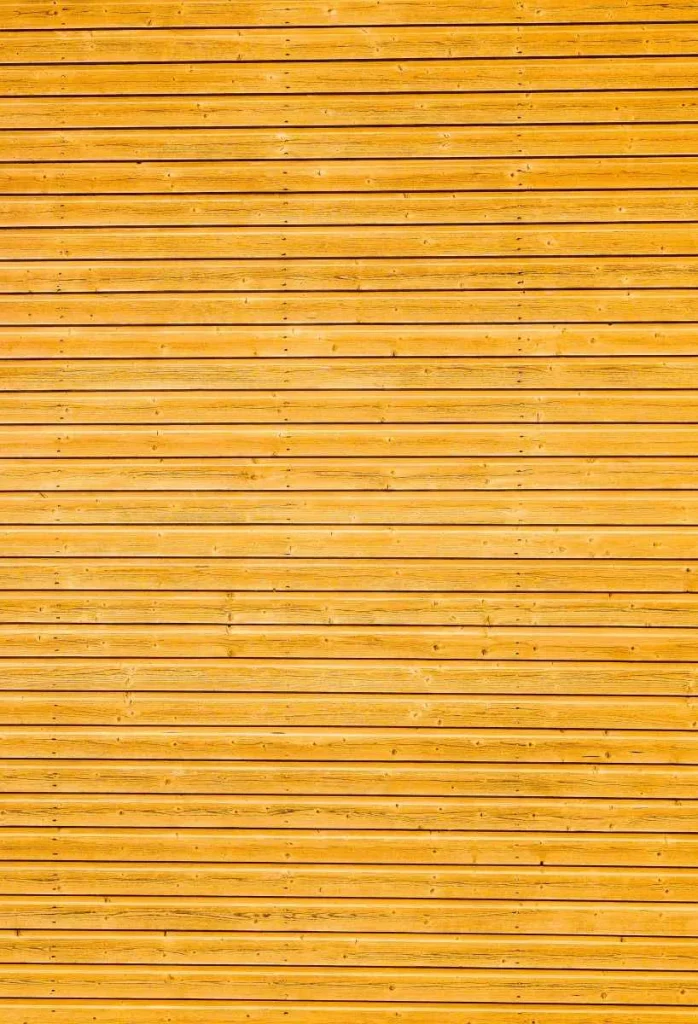
The Strength and Practicality of Bamboo
Bamboo is known for its material strength, to the extent that it exceeds the strength of even brick, steel, and concrete. With 14,000 pounds per square inch of compressive strength and 1,400 pounds per square inch of tensile strength, bamboo is observed to have its material strength because of how its fibers are structured axially.
It must be noted that it’s not just bamboo’s strength that makes it a prime eco-friendly building material. In the construction of buildings, sand, and gravel are limited in supply. Wood has also become increasingly expensive, influenced by how popular choices for wood materials like maple and oak take decades just to grow to maturity. Bamboo, on the other hand, is observed to have rapid growth and resiliency as a plant, not needing fertilizers or pesticides to aid it in its growth.
Some say that because of bamboo’s fast growth, it seems like an unlimited renewable resource. Deemed to have the concrete’s compressive strength and steel’s tensile strength, bamboos are worth considering as an eco-friendly building material to use in your house for sale in Dasmarinas.
Cork
Cork, as a material, is essentially the result of the cork oak tree’s adaptation to harsh environments, subjected to fires and droughts, in the Mediterranean region. Cork oak trees have a thick layer of tissue comprised of water-resistant cells that make this bark unique from all other trees and natural materials. This unique bark tissue that is “lightweight, rot resistant, fire resistant, termite resistant, impermeable to gas and liquid, soft and buoyant,” is what we know as cork.
Renewable Quality
Some deem cork as “the perfect construction material” because of its qualities. Similar to bamboo, cork is grown at a rapid rate. Although bamboos are plants themselves, cork is the bark tissue that is harvested from the cork oak tree. Cork’s rapid growth is observed in how the cork bark tissue grows fast after being harvested from the cork oak tree. These places cork more on the renewable side since a continual process of just harvesting cork bark from cork oak trees is done, which is unlike the process of cutting down the entire tree of maple and beech trees just to produce timber.
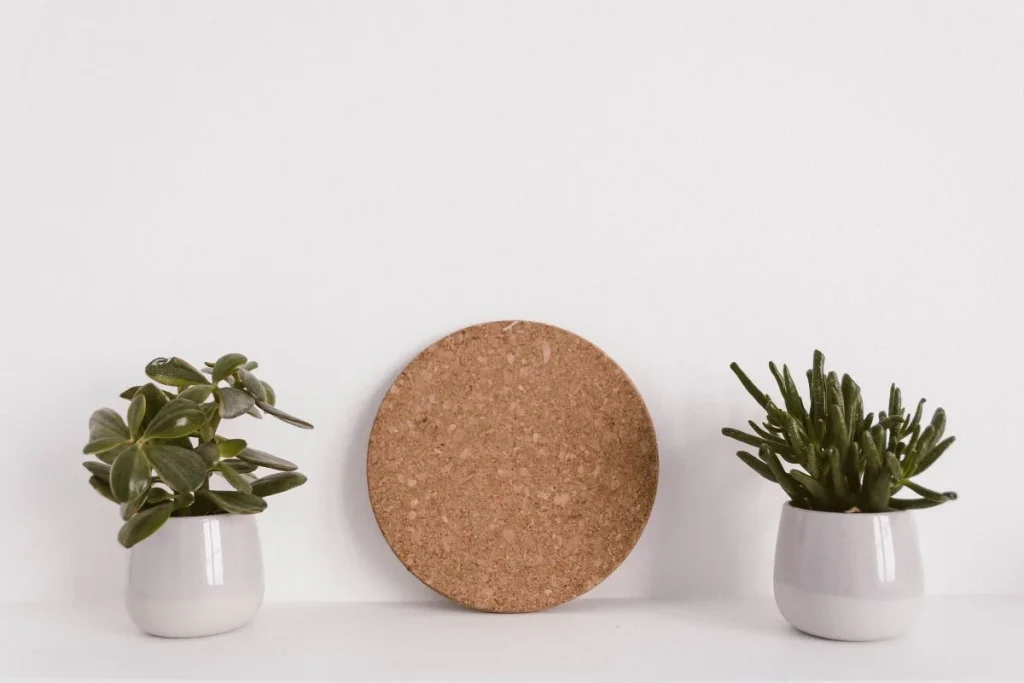
Advantages of Cork
Cork bark is produced by the cork oak tree in order to cope with the harsh conditions of the Mediterranean. In relation to this, cork bark can only be sourced in the Mediterranean, which means that shipping costs for sourcing cork will have to be accounted for. However, the qualities of cork can are not worth ignoring, especially when comparing it to other sustainable building materials.
Cork possesses great insulation, and with half of the cell volume of a cork being comprised of air, cork’s property of being lightweight makes it efficient for being installed as insulation in houses. Furthermore, cork is fire-resistant and vibration-resistant, which is why cork is used for various purposes including soundproofing, thermal insulation, and walls. In addition, cork is also greatly flexible, water-resistant, and rot-resistant, which is why cork is used for floor tiles, ceiling panels, and sealing wine bottles.
Related Blog: Green Buildings, A New Trend Arising in the Real Estate Industry


